Benefits of Using Drones for Home Inspections
In recent years, the use of drones has become increasingly popular in various industries, including real estate. One area where drones have proven to be particularly beneficial is in home inspections. Traditionally, home inspections have been conducted by human inspectors who physically examine the property. However, the introduction of drones into this process has revolutionized the way inspections are carried out. This article will explore the benefits of using drones for home inspections.
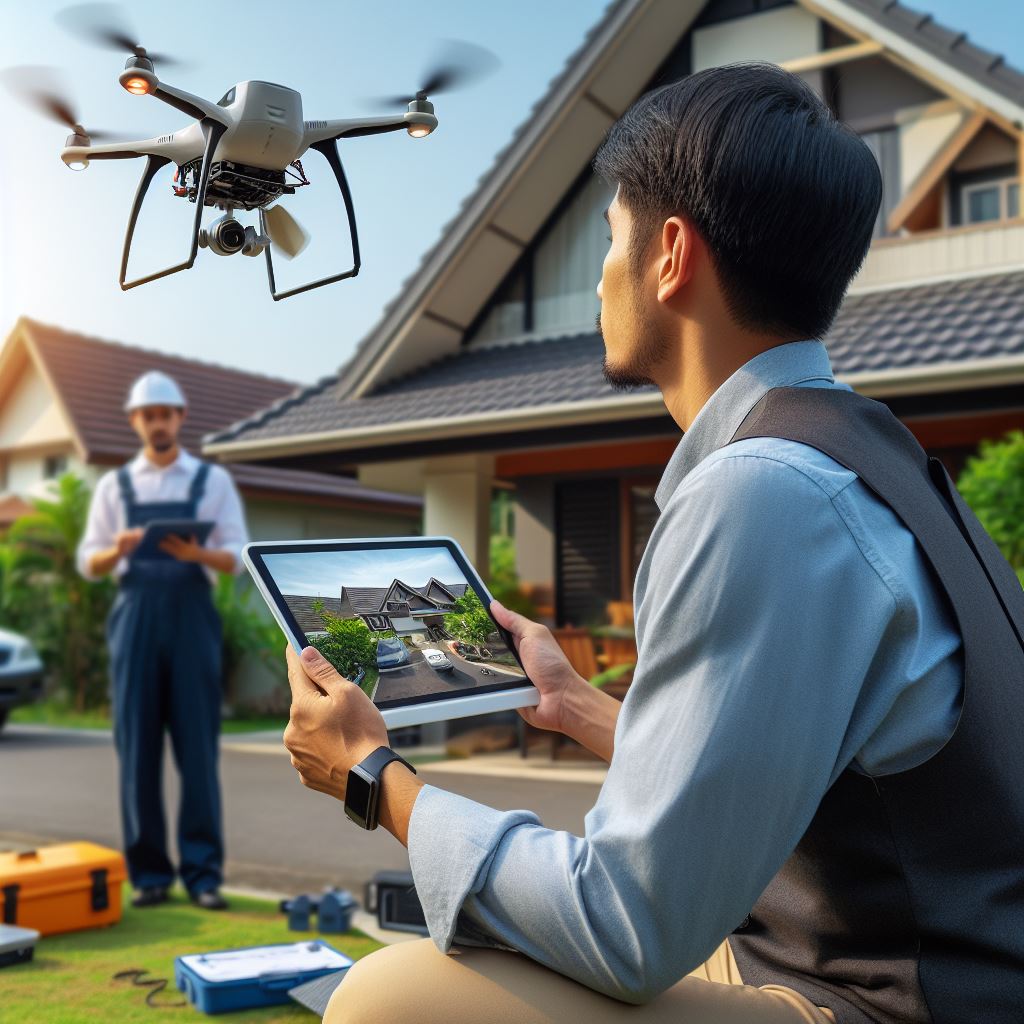
Firstly, drones provide a unique perspective that is not easily achievable through traditional inspection methods. With their ability to fly and capture high-resolution images and videos, drones can access areas that are difficult or dangerous for human inspectors to reach. For instance, drones can easily inspect rooftops, chimneys, and other elevated structures without the need for ladders or scaffolding. This aerial view allows inspectors to identify potential issues such as roof damage, missing shingles, or structural weaknesses that may not be visible from the ground. By providing a comprehensive overview of the property, drones enable inspectors to make more accurate assessments and recommendations.
Secondly, using drones for home inspections saves both time and money. Traditional inspections often require significant preparation, including setting up ladders, climbing onto roofs, and manually inspecting every nook and cranny of the property. This process can be time-consuming and labor-intensive. In contrast, drones can quickly cover large areas and capture detailed images and videos in a fraction of the time. This efficiency not only reduces the inspection time but also minimizes the disruption to homeowners. Additionally, drones eliminate the need for expensive equipment such as scaffolding or specialized climbing gear, resulting in cost savings for both inspectors and homeowners.
Furthermore, drones enhance the accuracy and reliability of home inspections. Human inspectors may inadvertently overlook certain areas or miss subtle signs of damage during their inspections. Drones, on the other hand, provide a consistent and objective assessment of the property. The high-resolution images and videos captured by drones can be reviewed multiple times, allowing inspectors to detect even the smallest defects or anomalies. This level of detail ensures that no potential issues are overlooked, providing homeowners with a comprehensive report that they can rely on when making important decisions about their property.
Moreover, the use of drones in home inspections improves safety for both inspectors and homeowners. Traditional inspections often involve climbing onto roofs, entering confined spaces, or navigating hazardous environments. These activities pose significant risks, including falls, injuries, or exposure to harmful substances. By utilizing drones, inspectors can conduct inspections from a safe distance, minimizing the chances of accidents or injuries. This not only protects the well-being of inspectors but also provides peace of mind for homeowners, knowing that their property is being assessed without putting anyone at risk.
In conclusion, the benefits of using drones for home inspections are numerous. Drones provide a unique perspective, allowing inspectors to access hard-to-reach areas and identify potential issues that may not be visible from the ground. They save time and money by streamlining the inspection process and eliminating the need for expensive equipment. Drones also enhance the accuracy and reliability of inspections, ensuring that no defects are overlooked. Lastly, the use of drones improves safety for both inspectors and homeowners. With these advantages, it is clear that drones have revolutionized the field of home inspections and are a valuable tool for ensuring the quality and safety of residential properties.
How Drones Enhance Efficiency and Accuracy in Home Inspections
Home inspections are an essential part of the home buying process, providing potential buyers with valuable information about the condition of a property. Traditionally, home inspections have been conducted by human inspectors who visually assess various aspects of a home, such as its structure, electrical systems, plumbing, and more. However, with the advancements in technology, specifically the use of drones, home inspections have become more efficient and accurate than ever before.
Drones, also known as unmanned aerial vehicles (UAVs), have revolutionized various industries, and the field of home inspections is no exception. These small, remote-controlled aircraft equipped with high-resolution cameras and sensors have the ability to capture detailed images and videos of a property from various angles and heights. This allows inspectors to thoroughly examine areas that were previously difficult to access, such as rooftops, chimneys, and other elevated structures.
One of the key advantages of using drones in home inspections is the enhanced efficiency they offer. In the past, inspectors had to physically climb ladders or use other means to access hard-to-reach areas, which not only consumed a significant amount of time but also posed potential safety risks. With drones, inspectors can now effortlessly navigate through different parts of a property, capturing images and videos in real-time. This not only saves time but also allows for a more comprehensive inspection, as no area is left unexplored.
Moreover, drones provide a level of accuracy that was previously unattainable. The high-resolution cameras and sensors on these devices capture images with exceptional clarity, allowing inspectors to zoom in and examine even the smallest details. This level of precision enables inspectors to identify potential issues that may have gone unnoticed during a traditional inspection. For example, they can detect cracks in the foundation, signs of water damage, or even faulty electrical wiring. By identifying these issues early on, potential buyers can make informed decisions and negotiate repairs or price adjustments with the seller.
In addition to efficiency and accuracy, drones also offer cost savings in the long run. While the initial investment in purchasing a drone and training an inspector to operate it may seem significant, the benefits outweigh the costs. Drones eliminate the need for additional personnel or equipment, such as scaffolding or cherry pickers, which can be expensive to rent or maintain. Furthermore, the detailed images and videos captured by drones can be stored digitally, reducing the need for physical documentation and saving on storage costs.
However, it is important to note that drones should not replace human inspectors entirely. While drones can provide valuable visual data, they cannot assess the condition of a property based on touch or smell. Human inspectors still play a crucial role in interpreting the data collected by drones and providing expert analysis. They can also interact with clients, answering questions and addressing concerns that may arise during the inspection process.
In conclusion, the use of drones in home inspections has significantly enhanced efficiency and accuracy in the industry. These unmanned aerial vehicles allow inspectors to access hard-to-reach areas, capture detailed images and videos, and identify potential issues that may have gone unnoticed during traditional inspections. The use of drones not only saves time and money but also provides potential buyers with a comprehensive understanding of a property’s condition. However, it is important to remember that drones should complement, not replace, human inspectors, as their expertise and analysis are still essential in the home inspection process.
Exploring the Future of Home Inspections: The Role of Drones
In recent years, the use of drones has become increasingly prevalent in various industries. One area where drones are making a significant impact is in the field of home inspections. Traditionally, home inspections have been conducted by human inspectors who physically examine properties to identify any potential issues. However, the introduction of drones into this process has revolutionized the way inspections are carried out, offering numerous advantages and possibilities for the future.
One of the primary benefits of using drones for home inspections is the ability to access hard-to-reach areas. Drones equipped with high-resolution cameras can easily navigate tight spaces, such as roofs, chimneys, and crawl spaces, providing detailed visual information that would otherwise be challenging to obtain. This capability allows inspectors to identify potential problems, such as roof damage or structural issues, without the need for ladders or physical access to these areas. By eliminating the risks associated with climbing and maneuvering in confined spaces, drones enhance the safety of the inspection process.
Moreover, drones offer a time-efficient alternative to traditional inspections. With their ability to swiftly cover large areas, drones can complete inspections in a fraction of the time it would take a human inspector. This increased efficiency not only benefits the inspector but also the homeowner or potential buyer, who can receive inspection reports more quickly. Additionally, drones can capture real-time footage, enabling inspectors to assess the condition of a property remotely. This feature is particularly useful for clients who are unable to attend the inspection in person or for properties located in remote areas.
Furthermore, the use of drones in home inspections enhances the accuracy and reliability of the inspection process. Equipped with advanced sensors and imaging technology, drones can capture highly detailed images and videos, allowing inspectors to detect even the smallest defects or anomalies. This level of precision ensures that no potential issues go unnoticed, providing homeowners and buyers with a comprehensive understanding of a property’s condition. Additionally, the data collected by drones can be stored and analyzed, enabling inspectors to compare current and past inspections, track changes over time, and identify patterns or trends that may indicate underlying problems.
Looking ahead, the future of home inspections with drones holds even more promise. As technology continues to advance, drones may be equipped with additional features, such as thermal imaging cameras or gas detectors, enabling inspectors to identify hidden issues, such as insulation problems or gas leaks. Furthermore, the integration of artificial intelligence and machine learning algorithms could enhance the capabilities of drones, allowing them to autonomously analyze data and identify potential issues without human intervention. This could streamline the inspection process even further, reducing the need for manual review and increasing the speed and accuracy of inspections.
In conclusion, the use of drones in home inspections has revolutionized the industry, offering numerous advantages over traditional methods. Drones provide access to hard-to-reach areas, increase efficiency, enhance accuracy, and offer the potential for further advancements in the future. As the technology continues to evolve, it is clear that drones will play an increasingly significant role in the field of home inspections, providing homeowners and buyers with a more comprehensive and efficient assessment of a property’s condition.
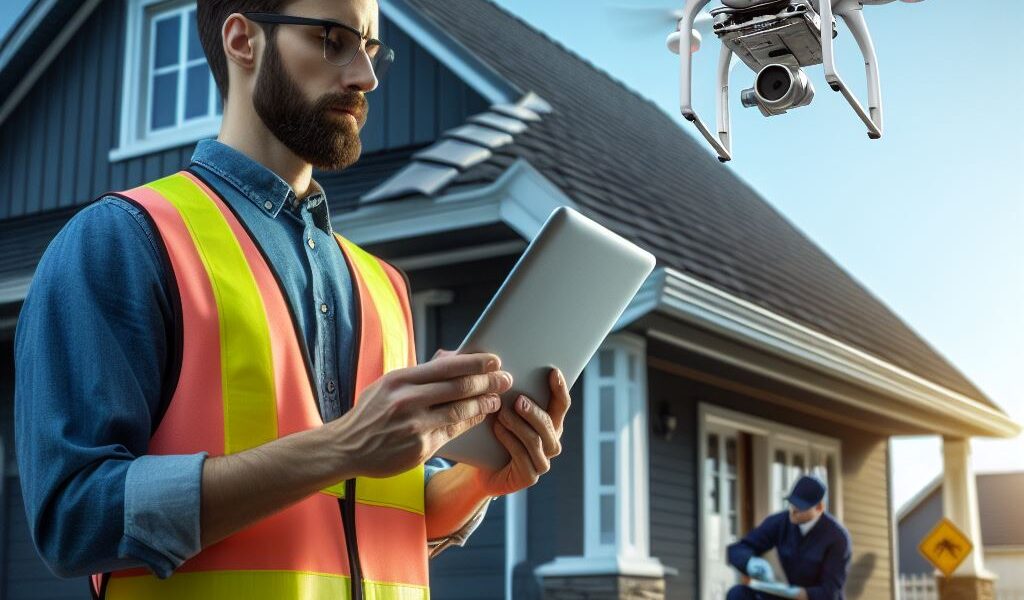
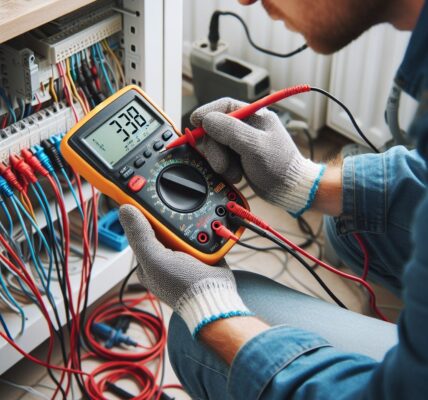
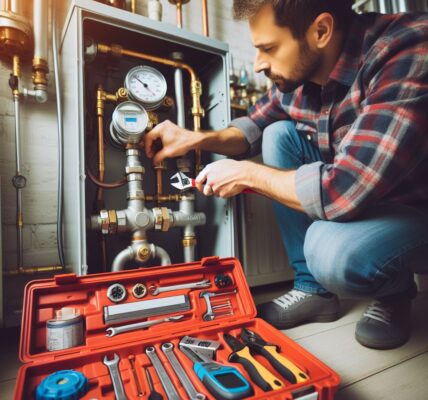
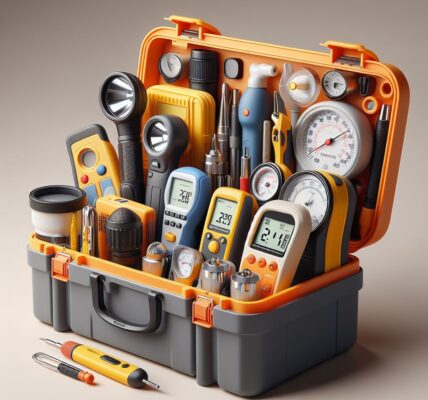

1 COMMENTS